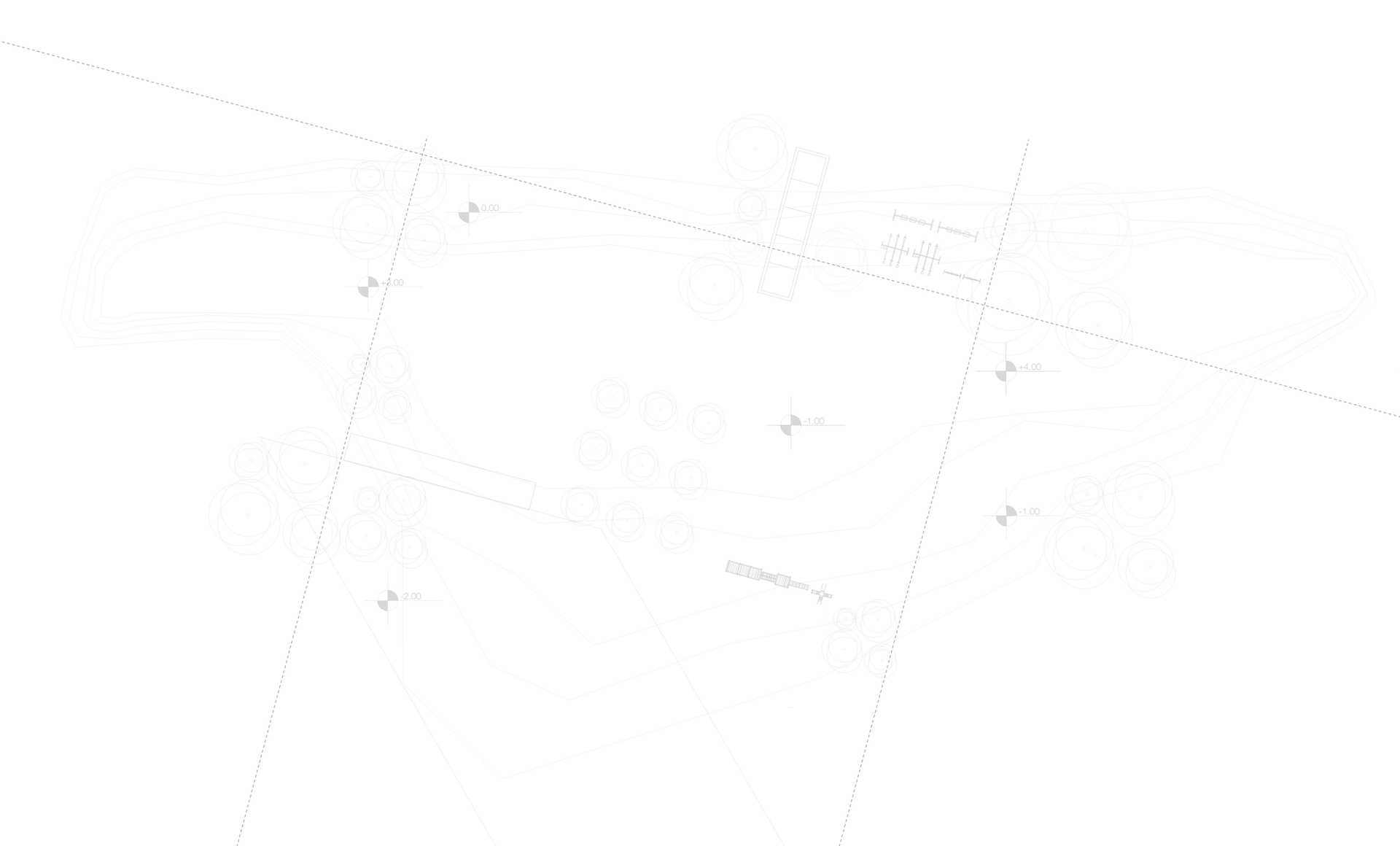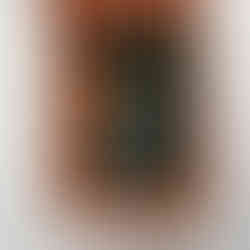Santa Maria delle Grazie & Last Supper by Leonardo da Vinci
- Georgiana Tufeanu
- Jun 15, 2021
- 6 min read

Last Supper by Leonardo da Vinci. World Heritage Site. Magnificent Renaissance architecture.
This is Santa Maria delle Grazie and Cenacolo Vinciano.
Let’s explore together one of the holiest places in the city and also the extraordinary artists that gave praise to the Lord through their masterpieces exposed here.
Adress: Piazza di Santa Maria delle Grazie, 20123 Milano MI
We will explore:
About the Patron Saint: what does Maria delle Grazie means?
History
Architecture: why you should visit
Art and curiosities
Events
About the Patron Saint

You might wonder, what does the name Madonna delle Grazie refers to?
· ‘grazie’ in this context in Italian means ‘grace’
· Maria delle Grazie is one of the names used to venerate Virgin Mary in the liturgical cult. It is used by the Catholic Church and it has two aspects:
1. ‘Mary is the one that brings the Grace per excellence because she is the Mother of Divine Grace’
2. Mary is also the Queen of all Graces because she intercedes for humanity with God.
History

First of all, the church is a Dominican Convent – a mendicant Catholic religious order. The famous Duke of Milan Francesco I Sforza ordered its construction. The main architect was Guiniforte Solari and the construction was completed in 1469.
Later the Duke decided to make this church the Sforza’s family burial place. So he rebuilt the apse and the cloister and decided to use them for that purpose.
Architecture - why you should visit:
Interior
According to one source, Donato Bramante designed the apse of the church. Who was he and why is so important? A few admirable things about him:
1. He was the architect that introduced Renaissance architecture in Milan.
2. He introduced the High Renaiscence style to Rome (i.e. culmination of the entire period), known as the exceptional artistic production wave.
3. And that’s not all. He made the plan for St. Peter Basilica that formed the basis of design executed by Michelangelo.
That being said, know what you should expect to see inside the marvelous church.
Lateral Chapels
There are 7 chapels on each side of the church and they are extraordinary. Why? Each of them holds superb art pieces and fascinating stories. Don’t forget to search for them while you’re inside and remember their story. Let’s see in detail:
CHAPELS ON THE RIGHT SIDE

· Chapel of the Adoring Virgin - First to the right. There you can admire a detached fresco on the altar, depicting Madonna with Child. A perfect opportunity for you to have a moment of adoration, or just to feel welcomed inside the beautiful church.
· Chapel of San Martino De Porres - Second on the right. Silvio Consadori, a Lombard painter is the one that executed the beautiful altarpiece. The painting portrays St. Martin in ecstasy, a powerful scene.
· Chapel of the Angels, or Marliani - Third on the right. You may ask yourself what are the origins of this name. Do you remember the episode of the expulsion of the rebel angels and the victory of Archangels? You can see this episode represented to the left in the lateral lunettes.

The frescos and altarpiece relating to the Archangel Michael date from circa 1560. Even if the artist is an anonymous Lombard, is worth admiring the works.
On the right, the sending of the archangel Gabriel, artwork by Bernadino Luini.
· Chapel of Santa Corona - Fourth on the right. One word for you right here: Caravaggio. In case you might not know, he is one of the most famous painters of all time. I know right, everything in this church is exceptionally important. Here you can admire the Deposition from the Cross by John the Baptist, a painting with a big emotional impact.
· Chapel of San Domenico, or Sauli- Fifth to the right. Giovanni Demio, an excellent Italian painter and mosaicist created it and you will be able to admire his works in the altarpiece and frescoes and the entire pictorial.
· Chapel of San Vincenzo Ferrer, or Atellani- Sixth on the right. The altarpiece shows us Virgin Mary with Child together with Saint Vincenzo the Martyr and the Dominican Saint Vincenzo Ferrer, artwork by Coriolano Malagavazzo. Beautiful!
Regarding the frescos, they are authored by the brothers Fiammenghini, painters active in Milan between 16th and 17th centuries.
· Chapel of St. John the Baptist- Seventh on the right. We have two objects of interest here. Let’s find out what is it about:
First, we have wonderful frescoes depicting Prophets in the lunettes and in segments, with God in the center. It was wonderfully executed by Ottavio Semino, a Genovese painter of the late Renaissance.
Second, Marco d’Oggiono, pupil of Leonardo da Vinci, portrays an unknown client belonging to the Order of the Knights of Malta, in adoration of John the Baptist.
CHAPELS ON THE LEFT SIDE

We will analyze just a few here, containing art works and attractions. But of course you should see the charm of all of them when you’re there.
· Chapel of Saint Catherine, or of the Bolla family- First on the left. Here we can see the life episodes of Saint Catherine variously attributed to Donato Montorfano and Cristoforo De Mottis by the Bolla Family, important Milanese family.
You can also see here six bronze panels inspired by the life of Catherine of Siena and a Crucifix on the altar, sculptures by Francesco Messina.
He is considered by art historians one of the most important figurative sculptors of Novecento (artistic movement in Milan founded on the rhetoric of the Fascism of Mussolini).
· Chapel of St. Joseph- Sixth on the left. Here there is a 16th century Holy family by Paris Bordone, an Italian painter of the Venetian Renaissance.

· Chapel of the Virgin of Graces Seventh on the left. From a historical point of view, I would reference this one as the most important chapel. Simply because it precedes the construction of the church and was the original nucleus.
Here the altarpiece depicts Virgin Mary with Gaspare Vimercati and his wife. And why is that? Because Vimercati was the leader following Francesco Sforza. Again, we face with one of the most important families of the city from a historical point of view.
Exterior

Let me tell you about one of the most beautiful cloister in the city. It’s known as ‘chiostro delle rane’ meaning cloister of the frogs.

Usually you can find it empty or with very few people inside if you enter in between the groups of tourists. It’s worth it, and you will have one of the most Milanese experiences in silent and beauty. But let’s go back to the name.

You will notice a beautiful and very simple fountain with four batrachians that adorn the rim of it. You’ll notice Renaissance motifs also here, because the construction is attributed to Bramante. An extraordinary place for contemplation or photography!
Art & Curiosities
Art

· Last Supper by Leonardo da Vinci is inside Cenacolo Vinciano, the building connected to the church. Buy tickets at least 2 or 3 months in advance to be sure you will see it and only from the official website.
· You can find a fresco by Bramante near the door that leads to the sacristy, check it out!
· Go to the oldest Gothic-style part of the church. Notice the frescos with ‘Saints and blessed Dominicans’? It’s a work of Giovanni Donato Montorfano and Butinone.
Who was Montorfano? None other than one of the most famous and talented Milanese artists of the Renaissance. What about Butinone? Again we have an esteemed Renaissance painter from Lombardy, tutor of Bramandino.

Curiosities
· Santa Maria delle Grazie became a UNESCO World Heritage in 1980 being one of the most majestic Renaissance art testimonies.
· Ludovico Sforza (Ludovico II Moro) also build a tunnel connection between the Sforzesco Castel to Santa Maria delle Grazie according to a Milanese tradition.
· Santa Maria delle Grazie is one of the 15 churches in Milan accessible to all visitors through the use of multisensory and multimedia panels. They are installed in order to aid the visually impaired and blind persons. For more details and the complete list check it out here .
Events
Another work by Bramante is the prestigious Old Sacristy, designer and constructed by him. It is also the seat of Centro Culturale delle Grazie, a Dominican Cultural Center.
Don’t forget to check out their official website for any Covid 19 alterations to the schedule and take an appointment from time to their events.
Usually, they organize concerts, art exhibitions, spiritual conferences, and literature and sociology events. Simply expect the best.
Please share the article if you liked it and let us know your thoughts in the comments. Thanks!


















Comments